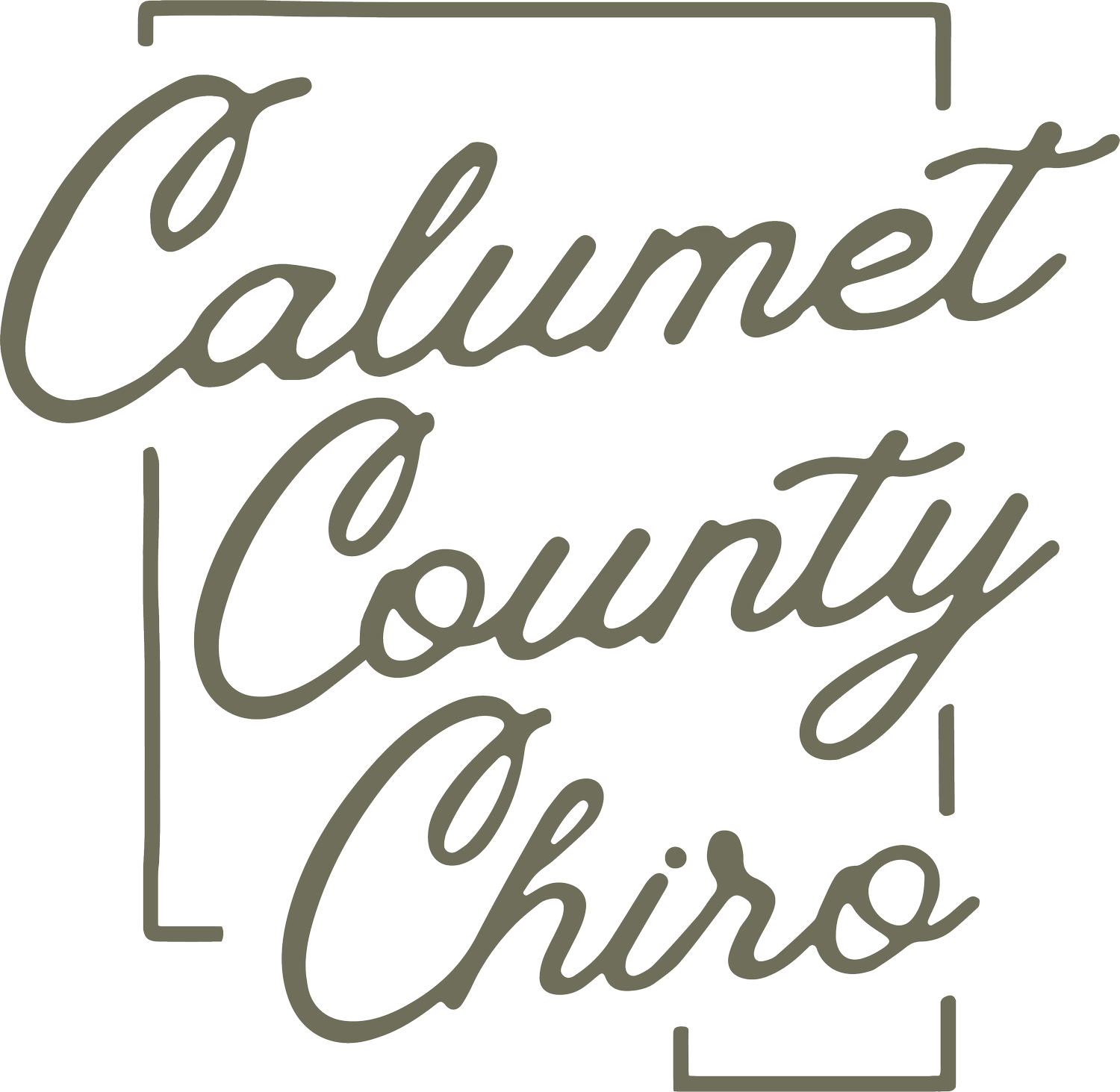Sunscreen - The Low Down
Does sunscreen block Vitamin D?
What ingredients make sunscreens toxic?
What are
Non-toxic brands to use?
Hey gang! I am a Southern Girl through and through, which means I love the sunshine and all of the heat. However, I am strategic with my sun exposure to prevent harmful aging and cancers that too much sun exposure can set the stage for, and part of that involves understanding the good and the bad of sun exposure as well as how to protect myself during peak hours of the day when the sun’s intensity is most harmful.
Does sunscreen block Vitamin D?
First, let me start by giving you a little background on the benefits of unprotected sun exposure for at least 15 minutes a day, with as much skin exposure as possible. The sun is the best source of Vitamin D for our bodies, and research shows that most Americans are Vitamin D deficient. Vitamin D is so crucial for your body’s immune system, nervous system, and hormone regulation, so giving yourself access to the sun without sunscreen or long-sleeves or a hat for at least 15 minutes a day is helpful. Now, I’m sure you are trying to determine how us Wisconsinites can get enough Vitamin D in the fall and winter months… we can’t. That's when Vitamin D with K2 supplementation comes in handy, but hear me say that the sun and vitamin D supplementation are NOT the same thing! The sun is absorbed by our skin and most readily and easily used by our bodies, naturally. Vitamin D supplementation, even quality brands, are synthesized in a lab and packaged by people not nature. The vitamin D that you consume through supplementation is typically D3 which acts as a hormone within our body, so it’s not my first choice but needed in the fall and winter here in Wisconsin when our sun access is limited and unable to give us the sun rays needed to naturally give us Vitamin D.
Wearing 30 SPF Sunscreen reduces the synthesis of Vitamin D absorbed by the skin by 95%.
Okay, now that we got that out of the way and you know that the sun is good and provides a lot of good to your body’s healing, we can dive into how to protect ourselves from the intensity of the sun midday or for extended periods of time without shade. After your 15 minutes of exposure, you can choose to be in shaded areas for 15 minutes once every 60-90 minutes to let your body calibrate and limit harmful effects. Other options are wearing long-sleeved shirts or pants to limit the amount of your body exposed to sun. However, if you are like me and you LOVE the SUN, then consider using a non-toxic sunscreen.
What ingredients make sunscreens toxic?
Sunscreen was created back in the 1940s by Franz Greiter, and at that time the main ingredient within that sunscreen was zinc oxide. Spoiler alert, that is the active ingredient that I look for as it is a mineral-based sunscreen instead of a chemical-based sunscreen. Why did companies switch to a chemical-based sunscreen with toxic ingredients such as: oxybenzone, octinoxate, homosalate, avobenzone, octocrylene, octisalate, phenoxyethanol, parabens, pegs, propylene glycol, fragrances, ethoxylate compounds, polysorbate, retinyl palmitate, triclosan, UREA, BHT, and EDTAs?! They chose these ingredients because they are ABSORBED into your skin and then into your bloodstream.
When they are absorbed, they don’t leave that white film on your skin like some of the non-toxic and original sunscreen ingredients of zinc oxide do.
This layer is like wearing a long-sleeved shirt without actually wearing a piece of clothing.
Not all non-toxic sunscreens, especially the ones that I used leave that white film layer, because there are also smaller particle sizes of zinc oxide and has the safety of the original ingredient zinc oxide, but is more aesthetically pleasing for most people like myself. Mineral sunscreens like zinc oxide ones are not absorbed in the skin and bloodstream, and thus less dangerous.
As always, my goal is to provide you with some background information so that you can better understand your body and the products that you choose to use. Then, I am happy to share the products that I use and trust for our family.
What are non-toxic brands of sunscreen to use instead?
Here are the brands I love and trust:
ALL Good tinted sunscreen - My personal favorite, as I like the tint that helps not have that chalky-white appearance. For women who want to use a non-toxic and low cost concealer with sun protection then this is a great option.
ALL Good Sports Sunscreen - This is the one that Cody uses since his skin is paler, naturally, than mine so that tinted doesn’t work for him.
Badger Sunscreen - This has some white film that doesn’t always rub in.
Earthley Sun Shield
Rowe Casa Sun Shield Tinted
Rowe Casa Sun Shield
Earth Mama Baby Faces
Earth Mama Sunscreen Lotion
The links for these sunscreens can be found below:
Amazon Link for ALL Good, Badge, Earthley, and Earth Mama - https://www.amazon.com/hz/wishlist/ls/2Z2QG880SANCL?ref_=wl_share
Rowe Casa Link - https://www.rowecasaorganics.com/search?q=sun+shield&type=product&options%5Bprefix%5D=last
Crunchi Link - https://crunchi.com/search?q=sunlight&type=product&als=courtneyruh





